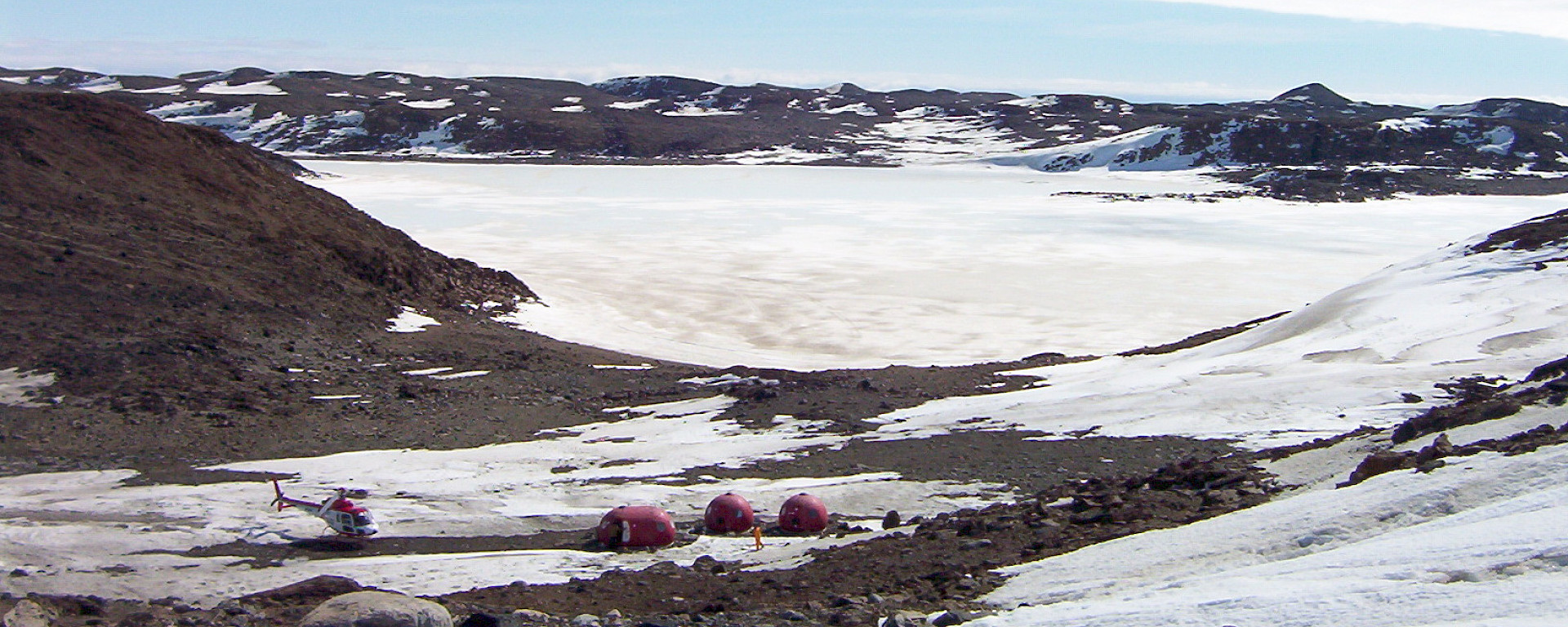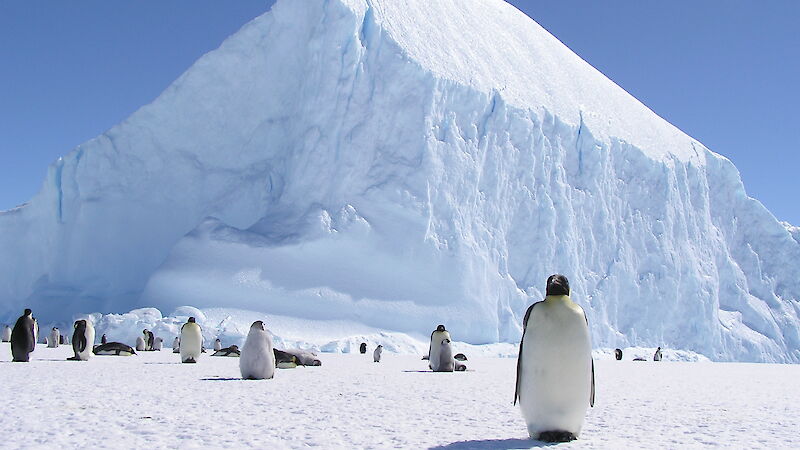Area protection
The Antarctic environment is very vulnerable to human impact. Without controls, those who come to visit this wilderness as tourists, scientists or in support roles, may damage the very values that attract them.
The whole Antarctic continent has a high level of protection under the Madrid Protocol and other Antarctic Treaty agreements. There are places within Antarctica where access is tightly restricted to protect outstanding environmental, scientific or cultural values, much as we set aside areas as national parks and nature reserves in Australia.
Antarctic Specially Protected Areas
A protected area system was established in Antarctica under the 1964 Agreed Measures for the Conservation of Fauna and Flora and has been implemented through the Antarctic Treaty (Environment Protection) Act 1980. These areas have been set aside to preserve their unique natural systems or to reduce the risk of interference to areas of exceptional scientific interest.
The Antarctic Treaty nations have developed guidelines for assessing areas suitable as ASPAs, and for preparing the required management plans, which are submitted by the proposing nation to the Committee for Environment Protection and approved at an Antarctic Treaty Consultative Meeting.
To protect discrete areas containing values of outstanding significance, the Antarctic Treaty Parties have declared a number of ASPAs which protect outstanding environmental, scientific, historic, aesthetic or wilderness values, any combination of those values, or ongoing or planned scientific research. It is an offence to enter a protected area without a permit and the permit must not authorise any activity that has not been authorised by the plan of management.
Contact the Territories, Environment and Treaties Section for directions on how to apply for permits to enter ASPAs. Please email permits@aad.gov.au or alternatively telephone the Environmental Policy Officer on 03 6232 3209.
Prohibited activities
Any activity in an Antarctic Specially Protected Area not authorised by the plan of management relating to that site is prohibited.
Reporting requirements
Any person who enters a protected area is required to provide a site visit report. This report is additional to the permit-holder report required under the Antarctic Treaty (Environment Protection) Act 1980. See the Environmental Impact Assessment page for more details.
Management plans
Any activity to be carried out in a protected area must be in accordance with the relevant management plan available from the Antarctic Treaty Secretariat website.
The plans provide, amongst other things, information on reason for designation, identification of restricted zones, conditions under which permits may be granted, conditions applying to access and activities which may be carried out in the area.
Antarctic Specially Managed Areas (ASMAs)
Annex V also provides for the creation of Antarctic Specially Managed Areas (ASMAs), which are intended to facilitate cooperation between nations operating in close proximity to each other, with a view to minimising environmental impacts. ASMAs may contain zones where various restrictions and permits might apply, and activities within ASMAs are governed by a code of conduct.
Four ASMAs have been adopted, including Cape Denison, the site of Mawson’s Huts. Further details on this and other ASMAs can be found on the Antarctic Treaty Secretariat website.
Historic sites and monuments
There are other places we value in the Antarctic because of their role in the history of human presence in the region. They may be associated with early exploration, with epic tales of survival, or with the establishment and operation of early Antarctic stations. Some of these have been listed as Historic Sites and Monuments under the system of protected area’s within the Antarctic Treaty.
Through the AAD, Australia is committed to conserving those places and artefacts that constitute our cultural heritage in the Antarctic region and that contribute to our national sense of identity.
Subantarctic protected areas
Australia’s two subantarctic island groups, Macquarie Island and Heard Island and McDonald Islands, are both listed as World Heritage properties.
These island groups exhibit outstanding universal values, which are administered by Australia on behalf of the people of the world.
In October 2002 the Heard Island and McDonald Islands Marine Reserve was declared under the Environment Protection and Biodiversity Conservation Act 1999.



